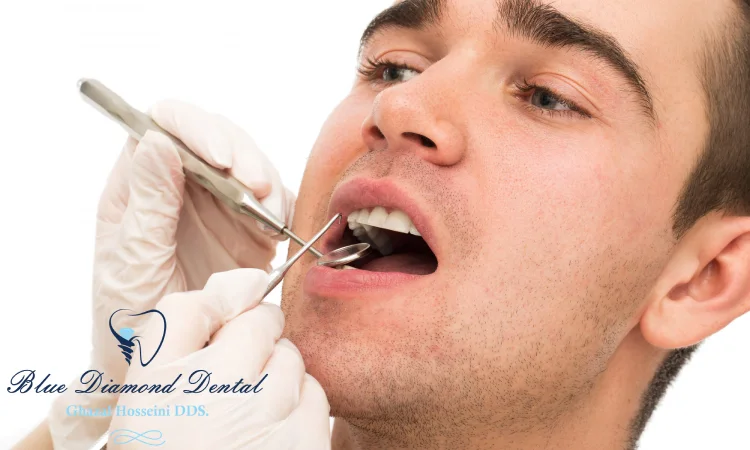
What Happens When You Get Your Mercury Fillings Removed?
Mercury Fillings Remove
Once you’ve made the decision to have your mercury fillings removed, it’s important to understand what will happen during and after the procedure. When the amalgam fillings are being removed, special precautions are taken to minimize exposure to mercury vapor. The dentist will use a rubber dam and high-volume suction to contain and remove any particles or vapors that may be released during the process.
After the removal, you may experience some tooth sensitivity and discomfort as your teeth adjust to being restored with new filling materials. It’s crucial to follow your dentist’s post-removal care instructions in order to maximize recovery and avoid potential complications. It is also essential for patients who undergo this process to maintain good oral hygiene practices and attend regular dental check-ups following the procedure in order to ensure their long-term dental health.
Is it bad to remove mercury fillings?
When considering the removal of mercury fillings, it’s essential to weigh the potential risks and benefits. Mercury is known to be a toxic substance, and there are concerns about its long-term effects on one’s health. However, the process of removing mercury fillings can also release small amounts of mercury vapor, which could pose a risk if proper precautions are not taken. It’s crucial for individuals to consult with a qualified dentist or healthcare professional before deciding to remove their mercury fillings.

On the other hand, advancements in dental materials have made it possible for individuals to opt for safer alternatives to traditional mercury fillings. Composite or ceramic materials offer comparable durability and aesthetics while eliminating the potential risks associated with mercury exposure. As awareness grows regarding the potential dangers of mercury fillings, more and more individuals are choosing to replace them with modern alternatives. Ultimately, prioritizing overall health and well-being should guide decisions about whether to remove mercury fillings.
Next-Level Wellness After Mercury Filling Removal
After the removal of mercury fillings, it is crucial to support the body’s natural detoxification process. Consider incorporating foods rich in antioxidants such as berries, leafy greens, and cruciferous vegetables to help eliminate residual toxins from the system. Additionally, increasing water intake can aid in flushing out any remaining mercury particles from the body.

Furthermore, supplementing with essential nutrients like vitamin C, selenium, and glutathione precursors can support the body’s ability to remove mercury and reduce oxidative stress. It is also advisable to consult with a holistic dentist or healthcare practitioner for personalized guidance on safe detox protocols post-mercury filling removal. Ultimately, taking proactive steps to support your body during this transition will contribute to overall well-being and promote a healthy recovery process.
Recognize signs of Mercury Poisoning Following Amalgam Removal!
After the removal of mercury fillings, individuals may experience a range of symptoms associated with mercury poisoning. These can include headaches, fatigue, muscle pain, and gastrointestinal issues such as nausea, diarrhea, or constipation. Additionally, cognitive and neurological symptoms such as memory problems, difficulty concentrating, and mood changes may also manifest. It’s important to be aware that these symptoms can vary in intensity and duration from person to person.
Furthermore, some individuals may also report experiencing an exacerbation of existing allergies or sensitivities after undergoing an amalgam removal procedure. This could manifest through skin rashes or respiratory issues. It’s crucial for those who have undergone this procedure to monitor their symptoms closely and consult with a healthcare professional if they experience any concerning effects attributable to mercury poisoning post-amalgam removal.
The Lifespan of Mercury Fillings Revealed!
Mercury fillings, also known as dental amalgam fillings, have been used for decades due to their durability and cost-effectiveness. However, many patients are now questioning the longevity of these fillings. The reality is that while mercury fillings can last for a long time, they are not permanent. On average, mercury fillings typically last between 10-15 years before they start to degrade and require replacement.

It’s important to note that the lifespan of mercury fillings can vary from person to person based on factors such as oral hygiene practices, diet, and general wear and tear. Additionally, as the filling ages, it may become more prone to cracks or leaks that can lead to further decay in the tooth. With advancements in dental technology and materials, many patients are opting to have their mercury fillings removed and replaced with safer alternatives such as composite or porcelain fillings.
While mercury fillings have been a standard option for restoring teeth for many years, it’s crucial for patients to stay informed about potential risks and alternatives available. By consulting with a trusted dentist, individuals can make informed decisions regarding the longevity and safety of their dental restorations. Whether choosing to monitor existing mercury fillings or exploring options for removal or replacement, prioritizing oral health remains essential in ensuring lasting dental solutions.






